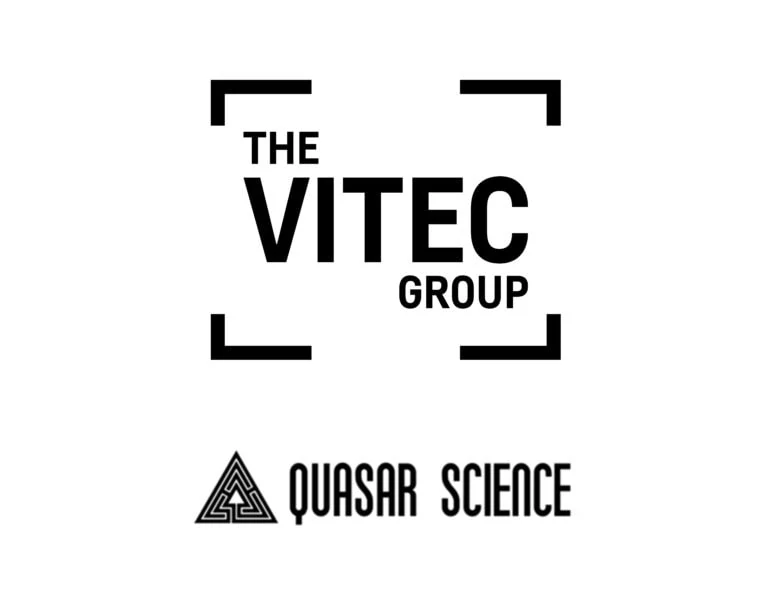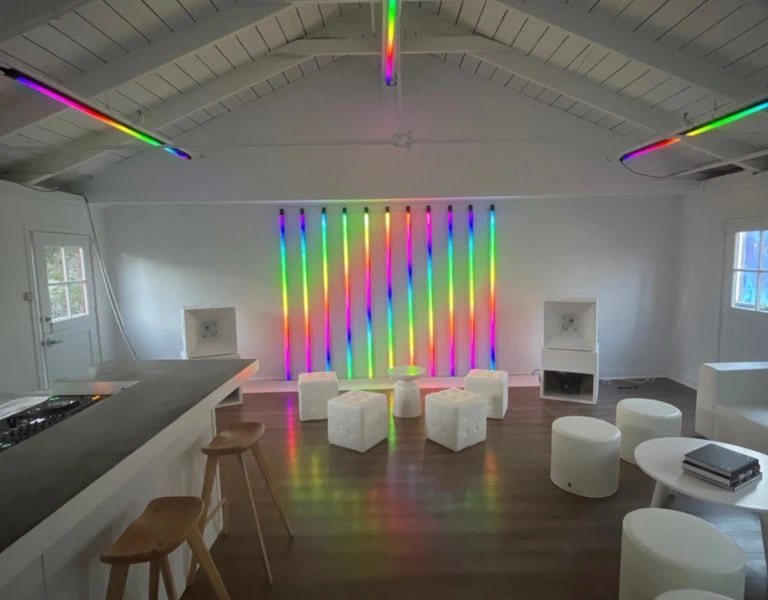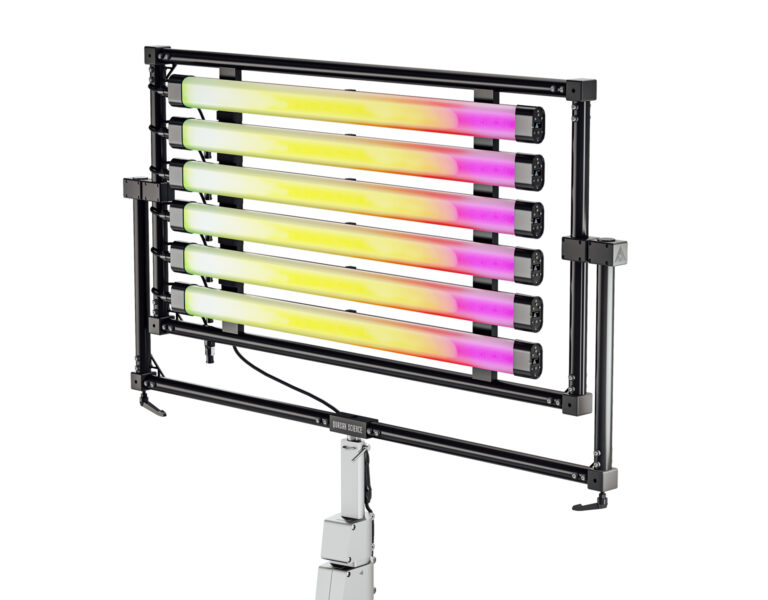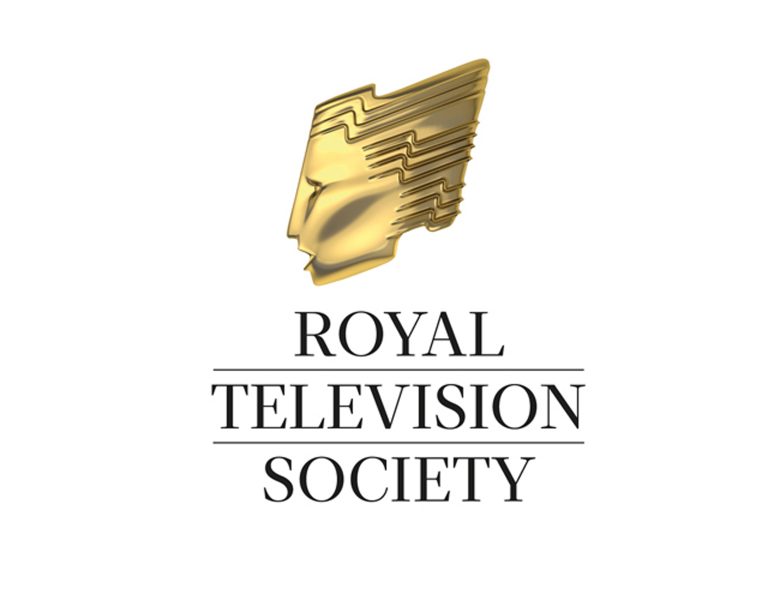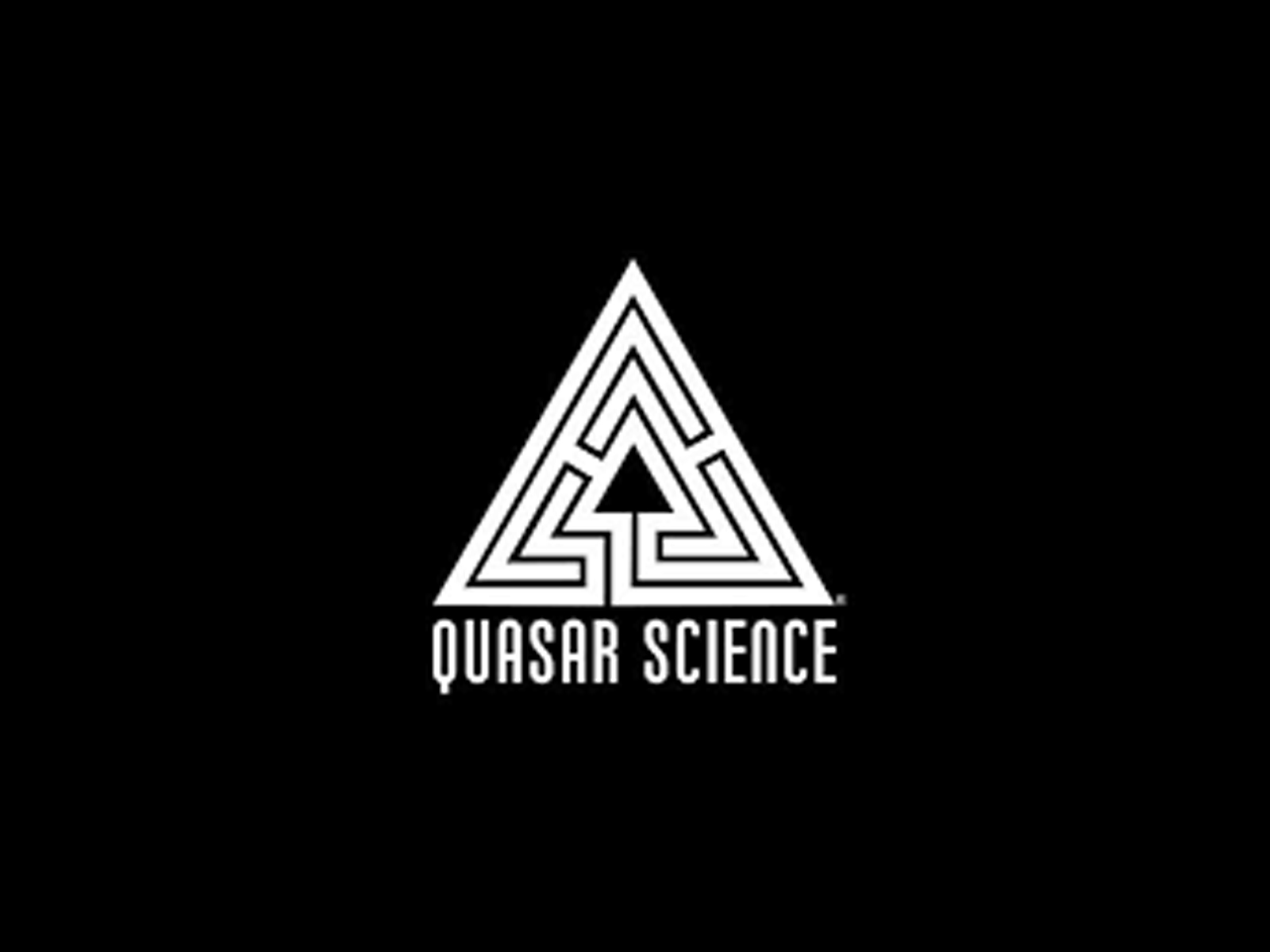
Quasar Science, a leading provider of advanced lighting solutions and a Videndum brand, has announced the release of a new firmware update for its popular Double Rainbow and Rainbow 2 RGBX linear LED fixtures. Firmware v0.7 is available for free from QuasarScience.com. It brings new features and improvements, including global parameter controls for image-based lighting.
The firmware update brings a range of benefits for virtual productions, featuring the first lighting profiles that include global parameters to set the colour space and white point of input media. This allows users to match adjacent outputs, such as a video wall, for accurate and consistent rendering, providing unparalleled control over lighting in virtual environments.
“Global parameters for pixel mapping, such as white point, spectrum control and color space, are not available in traditional RGB profiles,” says Quasar Science CTO, Ben Dynice. “We have created these new DMX profiles specifically for pixel mapping for image-based lighting. Now, for example, users can change from pixel mapping a source video that is in REC709 to another source that uses traditional color management on the fly for more accurate and correctly balanced light.”
Users can now control the color space of Rainbow fixtures to match the playback media with a single DMX parameter along with control of global parameters with new pixel mapping profiles. The RGBVW profile (RGB Variable White) allows pixel-level control over RGB, CCT and +/- Green with control of the global parameters: spectrum, colour space and output level. The VRGB profile (Video RGB) adds CCT and +/- Green into the global parameters to minimise the DMX footprint.
Firmware v0.7 also introduces two new colour engines for use with the new colour spaces. Absolute Hue is an RGBX colour engine that offers users the maximum capabilities of the LED diode set. Relative Colorimetric is xy calibrated with colour temperature (CCT) calculated into the output and maximised SSI (Spectral Similarity Index).
Other new features include the ability to update TimoTwo over USB, new sACN priorities to improve network management, fractional intensity dimming below 12%, Auto Lead/Follow pairing, and preset IP addresses for Unicast networking.
Improvements in the firmware update include full RDM implementation and improved UI and navigation.
